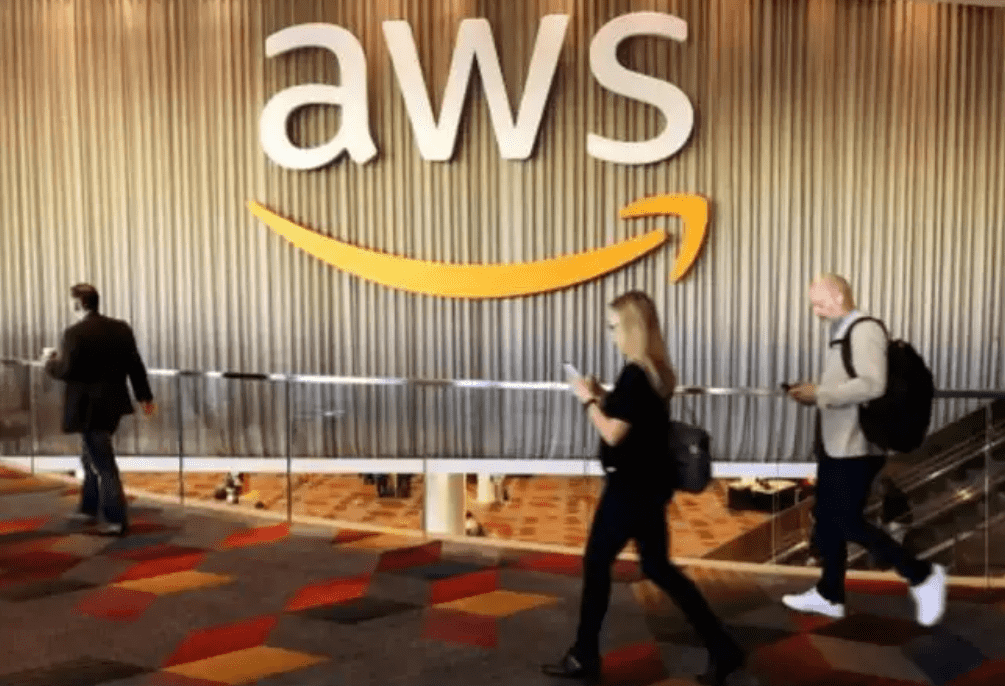On October 20, 2025, Amazon Web Services (AWS) experienced a significant outage originating from its US-EAST-1 region in Northern Virginia. The disruption began at approximately 12:11 AM PDT and affected a wide array of services, including major platforms like Snapchat, Venmo, Coinbase, Roblox, Fortnite, and Amazon’s own services such as Alexa and Prime Video. The incident highlights the critical role of cloud infrastructure in modern digital ecosystems and the potential vulnerabilities associated with centralized service providers.
Incident Timeline and Impact
-
Initial Disruptions: Users began reporting issues around 12:11 AM PDT, with services experiencing increased error rates and latencies. Platforms like Snapchat, Venmo, and Coinbase were among the first to report disruptions. Financial institutions, including Lloyds Bank and the Bank of Scotland, also experienced service impairments.
-
AWS Response: AWS identified the root cause as a DNS issue within the US-EAST-1 region. Engineers were immediately engaged to mitigate the problem and restore services. By 4:35 PM PST, AWS reported that the root cause had been mitigated, though service recovery was still underway, causing localized ongoing impairments.
-
Global Ripple Effects: The outage had a cascading effect on services worldwide. For instance, AI startup Perplexity acknowledged that its downtime was due to the AWS issue. Additionally, government services in the UK, such as the HM Revenue & Customs website, experienced disruptions.
Technical Analysis

Root Cause: DNS Configuration Error
The primary cause of the outage was identified as a DNS configuration error within the US-EAST-1 region. DNS (Domain Name System) is a critical component of internet infrastructure, translating human-readable domain names into IP addresses that computers use to identify each other on the network. A misconfiguration in DNS settings can lead to widespread service disruptions, as observed during this incident.
Infrastructure Dependencies and Single Points of Failure
AWS’s extensive infrastructure is designed to provide high availability and fault tolerance. However, the outage underscored the risks associated with centralized cloud services. Many organizations rely heavily on AWS for hosting, storage, and computational resources. When a central component fails, the ripple effects can be extensive, impacting a multitude of services and applications.
Service Recovery and Backlog Management
Following the identification of the root cause, AWS engineers worked to restore services. As of the latest reports, AWS had mitigated the primary issue, but service recovery was still in progress. A backlog of queued requests remained, which could lead to continued latency and service impairments for some users.
Implications for Cloud Infrastructure
This incident serves as a reminder of the vulnerabilities inherent in centralized cloud infrastructures. While cloud services offer scalability and reliability, they also introduce single points of failure. Organizations relying on cloud providers like AWS must consider implementing multi-cloud strategies and disaster recovery plans to mitigate the impact of such outages.
Additionally, the incident highlights the importance of robust DNS management and monitoring. Proactive detection of configuration errors and rapid response mechanisms are essential to maintaining service continuity.
The AWS outage on October 20, 2025, had a significant impact on a wide range of services and applications. While AWS has taken steps to mitigate the issue and restore services, the incident underscores the critical role of cloud infrastructure in the digital economy and the potential risks associated with its centralized nature. Organizations must remain vigilant and prepared to respond to such disruptions to ensure the resilience of their digital operations.
You may also like this: X Changes How It Handles Links to Boost Engagement

